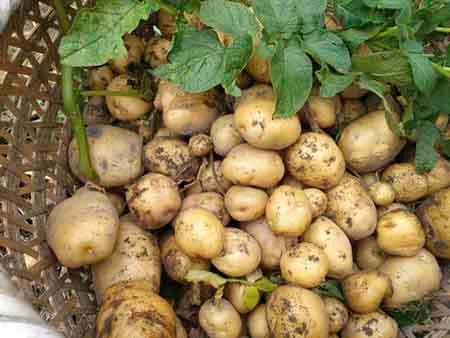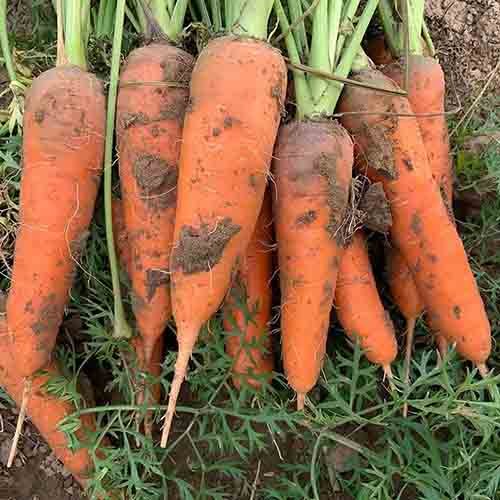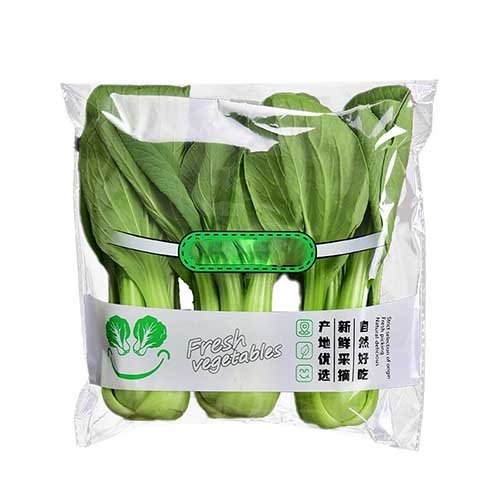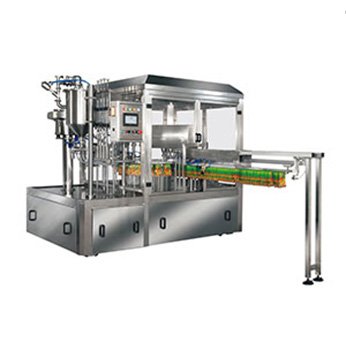
If you’re a vegetable supplier, have you considered these questions before choosing your vegetable packaging? When consumers browse supermarket shelves, do they choose the “raw” potatoes, covered in mud and looking fresh from the field, or the clean, moist, and ready-to-cook vegetables?
This article will delve into the pros and cons of vegetable packaging with and without mud, helping you to make the most informed choice.
Packaging with Mud (“Original” Packaging)
This method is commonly used for root vegetables such as potatoes, sweet potatoes, yams, carrots, ginger, and taro.

Advantages
Improved freshness preservation: Mud acts as a natural “moisture barrier,” preventing the vegetable’s skin from losing water through direct contact with air, helping to maintain its freshness and firmness, extending its shelf life.
A symbol of naturalness and rawness: For many consumers, the presence of mud signifies that the vegetable is “fresh from the ground” and “unprocessed,” fostering trust in the product’s naturalness and safety.
Protecting the Vegetables: Mud provides a cushioning effect during transportation and handling, minimizing bumps and damage to the vegetable’s skin.
Reduced pre-processing costs: Suppliers can eliminate tedious processing steps like washing and drying, saving labor and water and electricity costs.
Disadvantages
Poor consumer experience: Consumers must wash the vegetables themselves, which is time-consuming and labor-intensive, dirtying the sink, and inconvenient.
Dirt can be difficult to display in supermarkets: Dirt can stain shelves and the shopping environment, making them look less neat and aesthetically pleasing.
Difficult to identify quality: Excessive dirt can mask vegetable defects (such as rot or insect holes) and can even be used by unscrupulous vendors to inflate the weight of produce.
Contamination risk: If untested, dirt may contain contaminants such as microorganisms and heavy metals, posing a food safety risk.
Packaging without Mud (“Clean Vegetable” Packaging)
This method is suitable for most leafy vegetables, fruit vegetables, and some root vegetables, such as lettuce, spinach, tomatoes, cucumbers, and deveined carrots.

Advantages
Convenient and Time-Saving: Cook or rinse immediately after opening the bag, perfectly meeting the needs of consumers in today’s fast-paced lifestyle.
Neat and Attractive: A clean appearance greatly stimulates consumer purchasing and increases product value. Under supermarket lighting, clean vegetables appear fresher and higher quality.
Easy to Standardize: After cleaning, they can be packaged according to standard weights and specifications, facilitating branding and premium sales.
Controllable Food Safety: Industrial cleaning and disinfection effectively remove pesticide residues, insect eggs, and most microorganisms from the surface, ensuring food safety.
Disadvantages
Shortened Shelf Life: The cleaning process destroys the natural protective layer (such as the cuticle) on the surface of vegetables, making them more susceptible to water loss and wilting, as well as microbial infection, significantly shortening their shelf life.
Higher costs: Increased costs for washing, dehydrating, sorting, and packaging, which are ultimately reflected in the selling price.
Potential nutrient loss: The washing process may cause the loss of some water-soluble vitamins (such as vitamin C and B vitamins).
Susceptibility to mechanical damage: The more processing steps involved, the greater the risk of damage to the vegetables.
III. Recommendations for Manufacturers and Retailers
To balance the pros and cons, many clever strategies have emerged in the market:
Situation-Specific Solutions:
Root Vegetables (such as potatoes and sweet potatoes): Offer both “muddy” and “washed” versions to meet the needs of different customer groups. The “muddy” version focuses on tradition and shelf life, while the “washed” version focuses on convenience.
Leafy Vegetables/Fruit Vegetables (such as lettuce and tomatoes): Washing before packaging is strongly recommended, as mud has limited effect on preserving them, and cleanliness is a primary consideration for consumers.
Innovative Packaging Technologies:
For clean vegetables, use “modified atmosphere packaging” (MAP) technology. By filling the packaging with a specific ratio of nitrogen, carbon dioxide, and oxygen, it effectively inhibits microbial growth and reduces respiration, significantly extending shelf life.
Use microporous plastic wrap to balance humidity and air pressure within the packaging.
Clear Labeling:
For vegetables with muddy skin, label them with something like “Gifts from the Field, Wash Before Cooking,” transforming this “disadvantage” into a “natural” selling point.
For fresh vegetables, clearly label them as “washed,” “ready to cook after opening,” and indicate the expiration date, and indicate they should be stored refrigerated.
Conclusion
There’s no absolute good or bad; the key lies in positioning and matching.
If you’re looking for convenience, aesthetics, and ready-to-eat options, and your supply chain can support a short turnaround time, then “soil-free” fresh vegetables are a better choice.
If you’re selling shelf-stable root vegetables and want to reduce costs, extend shelf life, and promote a “natural” feel, then “soil-free” packaging is a reasonable and economical option.
Ultimately, a successful vegetable packaging strategy relies on a deep understanding of the target market and finding the optimal balance between traditional customs and modern convenience.





